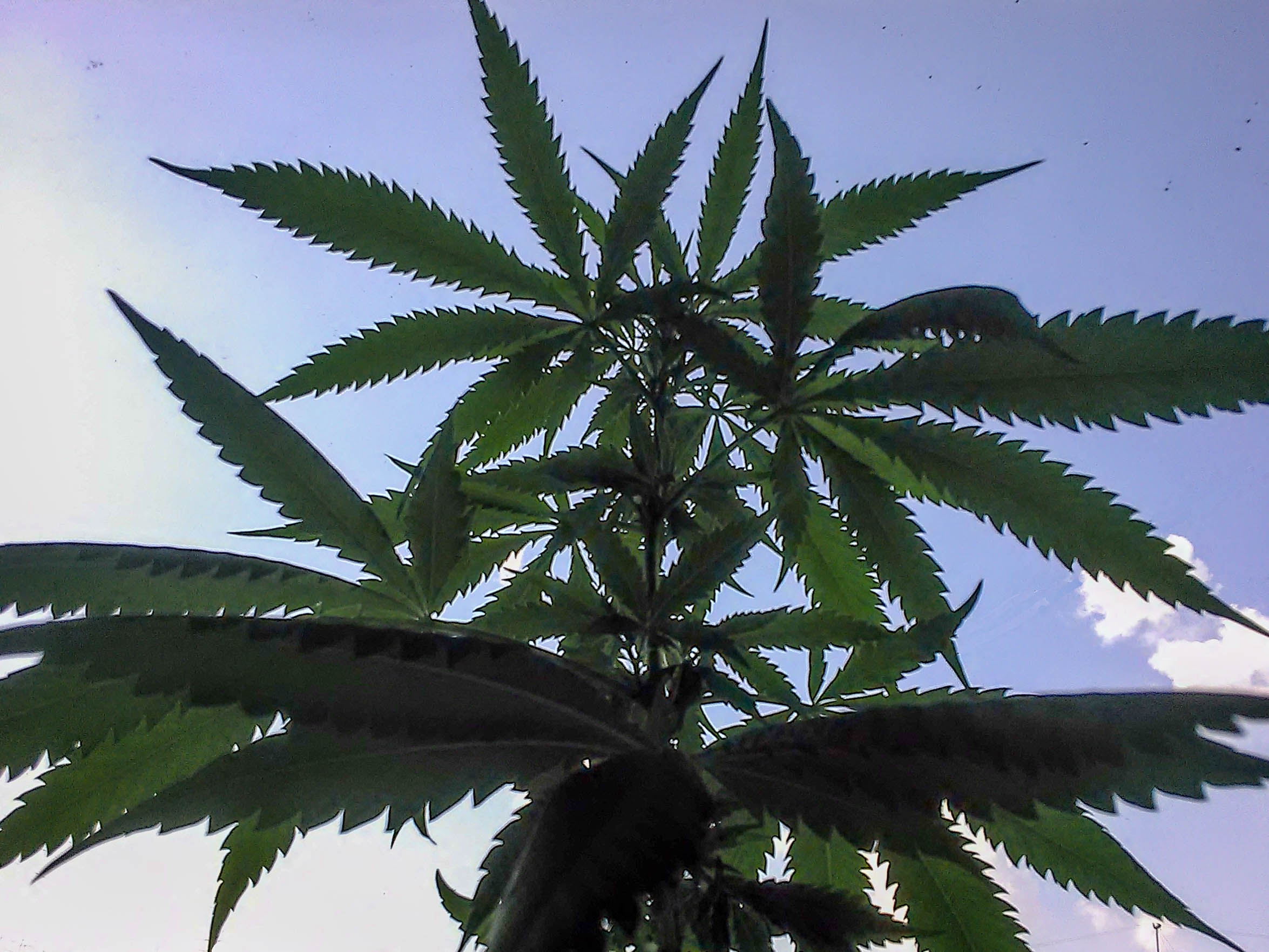Terpenes and Their Effects
Scent, taste, and even effects — substances like terpenes are a key chemical component of many plants and citrus fruits, including cannabis. Cannabis resin, in particular, contains high concentrations of both cannabinoids and cannabis nutrients, such as flavonoids and terpenes. While flavonoids are primarily responsible for the plant’s color, terpenes mainly influence its aroma. However, since both interact with the endocannabinoid system in the human body, their effects are often similar to those of active compounds like CBD, THC, or HHC — with which they are most commonly combined into a single product.
So, what else do we know about these interesting and increasingly sought-after cannabis nutrients? Why do many manufacturers combine them with cannabinoids? And how are they related to the so-called entourage effect?
What is a Terpene?
A terpene, like a flavonoid, is one of the compounds commonly found in the chemical structure of various plants and herbs. And just like cannabinoids such as CBD or THC, terpenes also influence the effects of specific cannabis strains. However, not all nutrients are created equal — individual terpenes can produce notably different effects, especially when combined with other active substances from the cannabis plant (CBD, CBG, or CBN). When used together, they produce a synergistic effect, known as the entourage effect, which can enhance the basic effects and ultimately improve the user’s experience with cannabis products.
“Cannabinoids produced by the cannabis plant, or phytocannabinoids, interact with the body’s receptors to create a variety of psychotropic or therapeutic effects. Terpenes are compounds responsible for the aroma and flavor of cannabis and assist cannabinoids in achieving the desired effects.” – WEEDMAPS.COM
How Are Terpenes Formed?
Terpenes and flavonoids can be found throughout the cannabis plant, but their highest concentration is in the part known as cannabis flowers. Trichomes — tiny, hair-like structures of various colors — are a vital part of the flowers and produce both cannabinoids and nutrients like terpenes through biosynthesis. These compounds then become part of the sticky, fragrant, crystal-covered cannabis resin. Experts often refer to trichomes as cannabinoid production factories.
Trichomes can also be found on leaves and stems, though in much lower concentrations than in the flowers. There are glandular and non-glandular trichomes — while only glandular ones produce compounds like cannabinoids, terpenes, and flavonoids, the non-glandular trichomes serve to protect the plant’s surface. Known types include Bulbous, Capitate-Sessile, and Capitate-Stalked trichomes, which differ mainly in appearance and size. Some are so small they can only be seen under a microscope.
“Terpenes are believed to protect plants from harsh weather and predators. Cannabis consumers are increasingly paying attention to terpenes as a way to classify cannabis products and predict their effects.” – HEALTHLINE.COM
What Effects Do Terpenes Have?
Because the entourage effect is highly sought after by users, manufacturers are giving more and more attention to adding elevated levels of terpenes and flavonoids to their cannabis products, such as CBD oils or CBD vape pens. While cannabis extracts contain them naturally, each strain has a unique terpene profile. That’s why different cannabis strains can vary greatly in the appearance of their flowers, aroma, taste, and effects. Essentially, every terpene offers different effects on the human body.
Popular Cannabis Terpenes
Some of the most popular or well-known cannabis terpenes include Limonene, Myrcene, Pinene, Linalool, Alpha-pinene, Eucalyptol, Terpinolene, and Humulene. Each has a different proportion in a strain’s terpene profile. Some make up 10–20% of the profile, while others account for less than 0.1%. The terpene ratio essentially defines the effect of using a cannabis product. That’s why many product packages include specific terpene profiles, such as the sedative INDICA, energetic SATIVA, or balanced HYBRID. This helps customers know what to expect even before purchasing.
-
Limonene: One of the most common terpenes in cannabis, known for its citrus aroma and antidepressant effects.
-
Myrcene: Offers sedative, relaxing, antibacterial, and antifungal properties.
-
Pinene: Has a soothing effect on the airways and bronchi, providing strong anti-inflammatory benefits.
-
Linalool: Reduces the transmission of pain signals by triggering the body’s natural pain-blocking response.
-
Eucalyptol: May help with pain related to inflammation and respiratory issues, including conditions like pancreatitis.
Terpene Profiles
A strain’s terpene profile determines its color, scent, taste, and effects. Some cannabis flowers offer sedative effects, while others are more stimulating. Balanced profiles, on the other hand, are called hybrids — often with a 50/50 or 60/40 SATIVA/INDICA ratio — meaning neither side dominates. These are considered hybrid strains with hybrid effects.
“The terpene profile of a strain works in tandem with its cannabinoid content — the amount of THC, CBD, and other cannabinoids — to create the effects people associate with different strains.” – HEALTHLINE.COM
Strains with a strongly dominant profile (like 90/10 or 80/20) offer targeted effects. Those looking for sedative, relaxing effects should seek INDICA-dominant strains. On the other hand, if someone is seeking stimulation and energy, they should opt for SATIVA-dominant strains with an energetic effect.
SATIVA Profile
SATIVA-dominant terpene profiles offer energetic, uplifting effects focused on mental clarity. Some strains enhance creativity and imagination, making them ideal for creative or artistic professions.
INDICA Profile
INDICA-dominant terpene profiles affect both the body and mind but with sedative and relaxing effects. These are especially useful for sleep issues or chronic pain and tend to intensify with higher THC content.
HYBRID Profile
The HYBRID terpene profile combines both INDICA and SATIVA effects in one strain, without one overpowering the other. The result is a balanced effect — both stimulating and relaxing. Users stay awake and alert without feeling overly energized.



